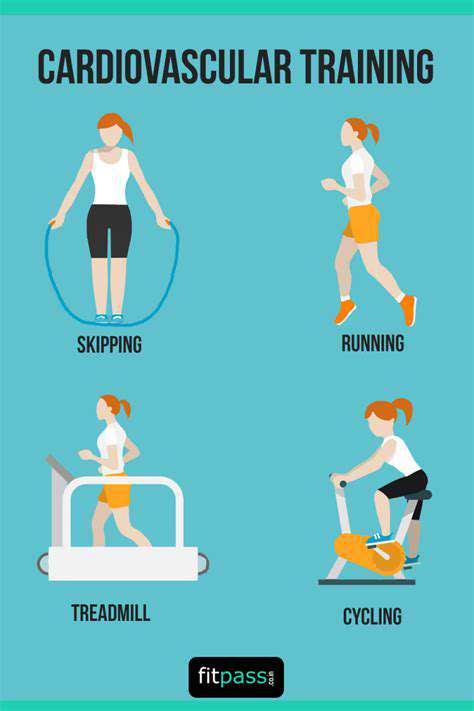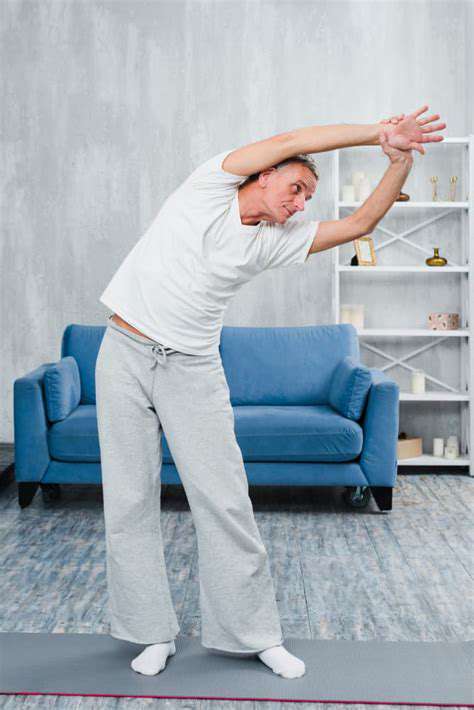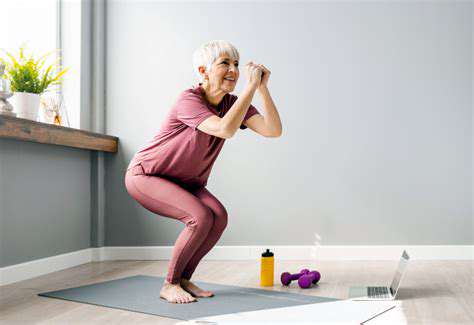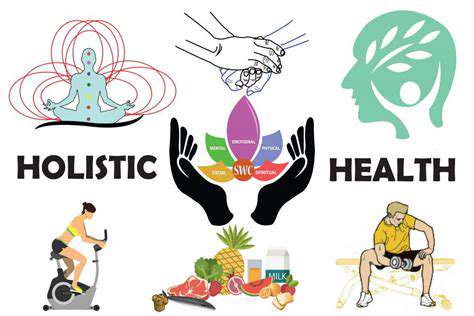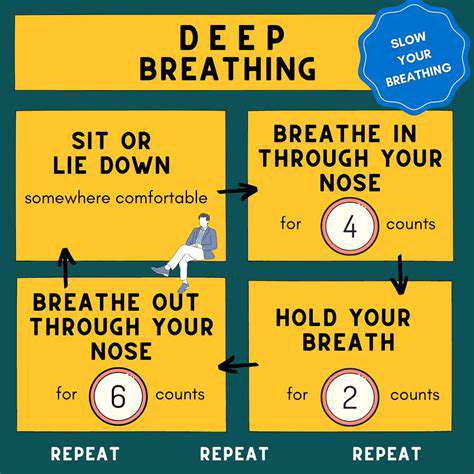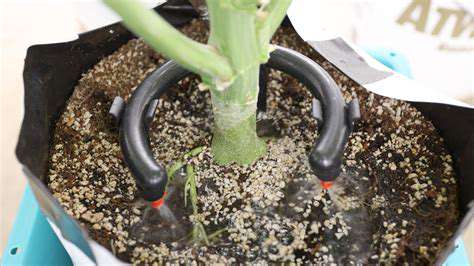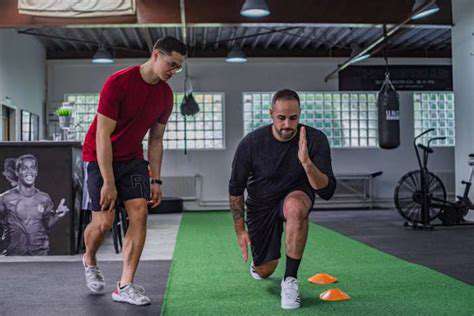Gentle Exercises to Improve Strength and Balance with a Walker
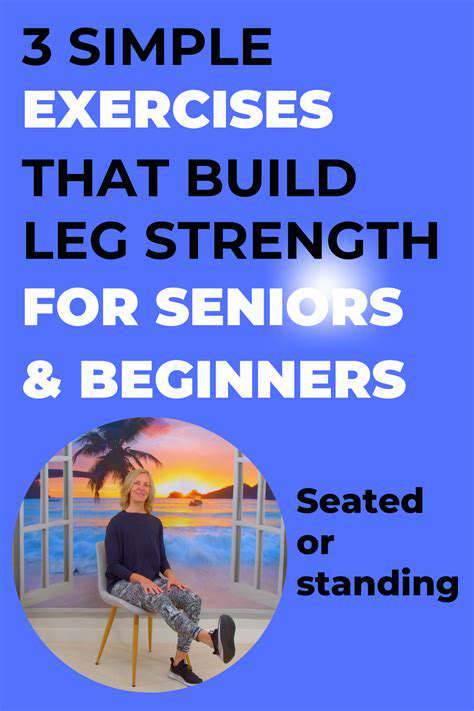
Core Strengthening Exercises with a Walker
Walking for Core Strength
When you walk with a walker, your core muscles get a surprising workout. Maintaining balance and proper posture while moving demands constant engagement from your abdominal, back, and pelvic muscles. Focus on keeping a tall spine and controlled movements to maximize the benefits. This gentle approach makes it perfect for beginners or those rebuilding strength. The walker's stability lets you concentrate on muscle activation rather than worrying about falling.
Modified Plank Techniques
Transform your walker into a versatile exercise tool with these creative plank variations. For a supported side plank, position yourself perpendicular to the walker, resting your forearm on the frame while lifting your hips to form a diagonal line. This oblique-targeting move builds lateral core strength safely. Alternatively, face the walker and rest your forearms on the crossbar for a traditional plank modification. These adaptations maintain the core-strengthening benefits while reducing strain on wrists and shoulders.
Standing Core Activation
Your walker becomes the perfect partner for standing abdominal exercises. Try rotational movements where you slowly twist your torso from side to side while maintaining a stable lower body. The walker's support allows you to focus on controlled movements rather than balance, making these exercises particularly effective for core development. Single-leg stands with the walker's assistance simultaneously challenge your balance and engage deep core stabilizers.
Seated Core Workouts
Combine your walker with a sturdy chair for seated core exercises that build strength safely. Perform controlled leg lifts while seated, focusing on keeping your back straight against the chair. The walker provides additional stability for more challenging variations like seated torso rotations. These exercises prove you don't need to lie down to effectively work your abdominal muscles.
Pelvic Floor Integration
Core training isn't complete without addressing the often-overlooked pelvic floor muscles. Using your walker for support allows you to perform precise pelvic contractions while standing or sitting. Proper engagement of these muscles creates a strong foundation for all core movements and benefits bladder control. The walker's stability helps maintain proper alignment during these subtle but powerful exercises.
Balance and Core Connection
Every balance exercise you perform with your walker inherently strengthens your core. Simple movements like shifting weight from foot to foot or practicing controlled steps engage the deep abdominal muscles that stabilize your body. The walker transforms balance practice into core conditioning by allowing gradual progression as your strength improves.
Post-Workout Recovery
Complete your routine with walker-assisted stretches that target all the core muscle groups you've worked. Gentle side bends and torso rotations help maintain flexibility while the walker provides support. Proper recovery stretching enhances the benefits of your workout and prepares your body for future sessions.
Essential Safety Guidelines
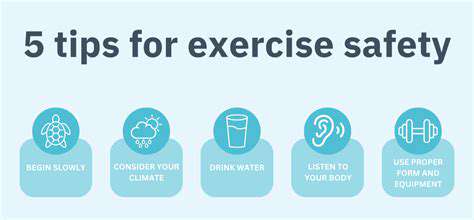
Fueling Your Workout
Smart pre-workout nutrition makes a significant difference in exercise performance. Complex carbohydrates provide sustained energy, while proteins support muscle maintenance. Hydration deserves equal attention - sip water throughout the day rather than chugging right before exercising.
Proper Preparation
A thorough warm-up routine prepares both muscles and mind for exercise. Dynamic movements increase blood flow while static stretches work better post-workout. Cooling down properly helps your body transition to rest and significantly reduces next-day soreness.
Intelligent Progression
Start conservatively and increase intensity gradually to avoid injury. Quality of movement always trumps quantity - it's better to perform fewer repetitions with perfect form than many with poor alignment. Listen to your body's signals and adjust accordingly.
Restorative Practices
Recovery periods allow muscles to rebuild stronger. Sleep serves as the ultimate recovery tool, with 7-9 hours being ideal for most adults. Active recovery days with gentle movement promote circulation without overtaxing your system.
Movement Quality
Proper technique transforms exercises from potentially harmful to tremendously beneficial. Seek guidance to ensure correct form, especially when starting new movements. The walker should assist your workout, not compensate for poor alignment.
Workout Variety
Rotating through different exercises prevents plateaus and keeps your routine engaging. Challenge your body in multiple planes of movement to develop comprehensive core strength. The walker offers more exercise variations than most people realize.
Tracking Progress
Maintain a simple exercise journal to note improvements in endurance, strength, and mobility. Recognizing small victories keeps motivation high and helps tailor your program as you progress.

